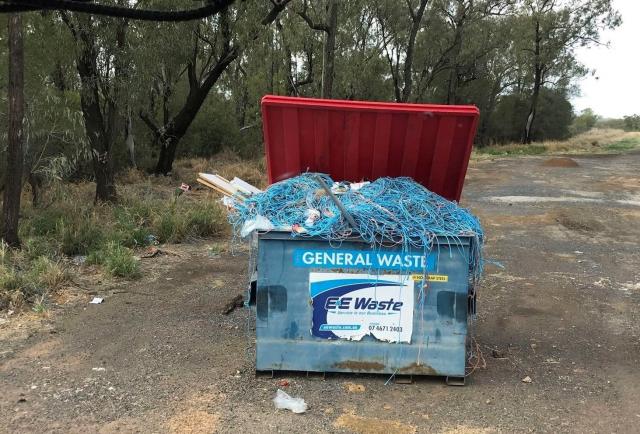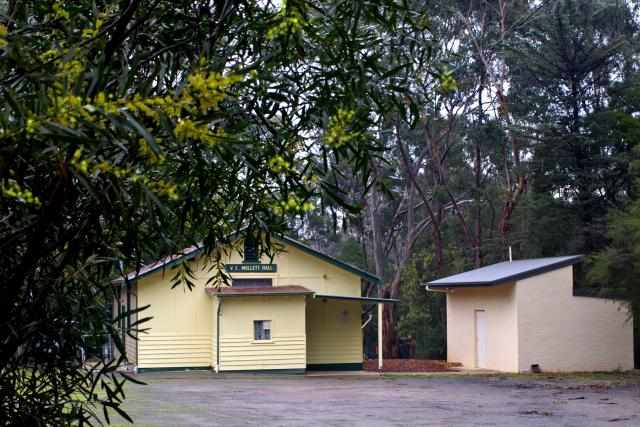Visitors to the TarraWarra Museum of Art are invited to take home their own trace of a major installation by renowned artist Shilpa Gupta.
The Tangible Trace is a colossal, 4m-long work, titled The markings we have made on this land have increased the distance so much 2019, takes the form of an inscribed concrete tablet with its title engraved on the surface in multiple languages including English, Hindi, Arabic and Chinese.
The work was shattered into hundreds of fragments on site, with visitors invited to take a piece home with them.
By the end of the exhibition only a trace of its original form will remain, having been dispersed across Melbourne and beyond.
Visitors are asked to share an image of their chosen piece in its new home on social media with the tag @TarraWarraMA and hashtag #OnThisLand.
TarraWarra Museum of Art Director Victoria Lynn said, “We invite all visitors to engage with Shilpa’s extraordinary vision to see the work spread across the state, and even further afield, before The Tangible Trace closes on Sunday 1 September.”
The work is one of the major commissions currently on show as part of the TarraWarra International 2019 exhibition, The Tangible Trace, which explores the notion of a trace as a residue or marker of a place, situation or body of knowledge.
The exhibition features the works of national and international artists Francis Alÿs, Carlos Capel, Simryn Gill, Shilpa Gupta, Hiwa K and Sangeeta Sandrasegar, including newly commissioned works by Capelán, Gupta and Sandrasegar.
“For each of the artists, place and situation are complex and entangled,” Ms Lynn said.
“In their artworks, the trace is like a touchstone for memory but is also part of the formation of a new memory.
“The artists look at their surroundings like a living body of knowledge, tracing and retracing their often-oblique relationship with it.”
Ms Gupta lives and works in the city of Mumbai, where she was born.
Ms Gupta’s work engages with the defining power of social and psychological borders on public life.
Her work makes visible issues that are emerging in the national public sphere in India, such as gender, class barriers, religious differences, the power of repressive state apparatuses and more.
Ms Gupta’s work has been shown in leading international institutions and museums around the world such as London, Berlin, Tokyo, New Dehli, Denmark and across the United States.








